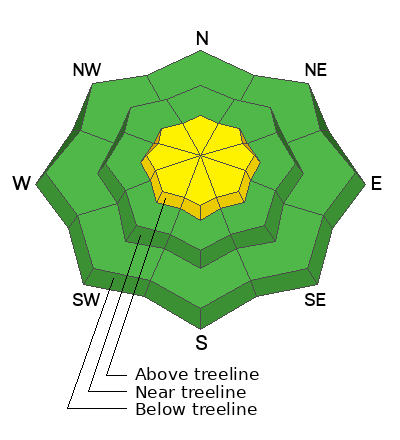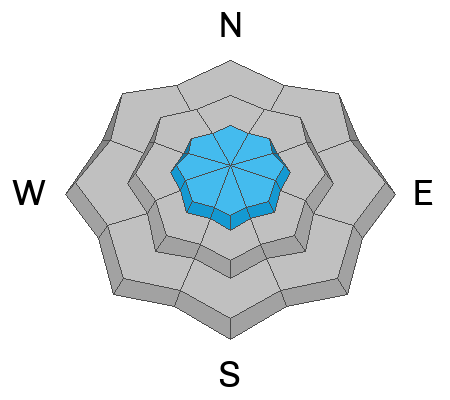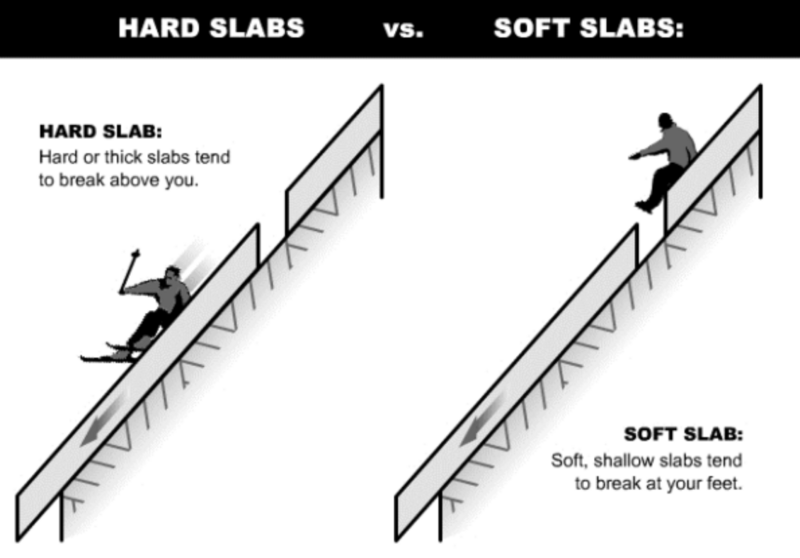Forecast for the Moab Area Mountains

Issued by Eric Trenbeath on
Friday morning, February 10, 2023
Friday morning, February 10, 2023
A MODERATE danger exists on steep slopes on all aspects above treeline that have recent deposits of wind drifted snow.
Near treeline and below, the danger is generally LOW but slabs of wind drifted snow may still be found on isolated terrain features.
Recent slabs of wind drifted snow should be relatively shallow, but even a small avalanche can be problematic in very steep, consequential terrain.

Low
Moderate
Considerable
High
Extreme
Learn how to read the forecast here








